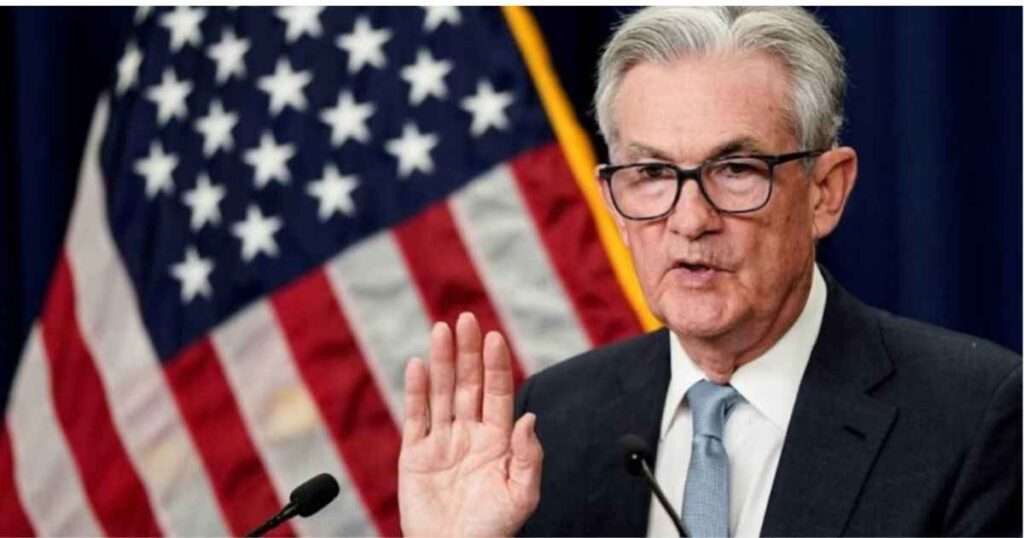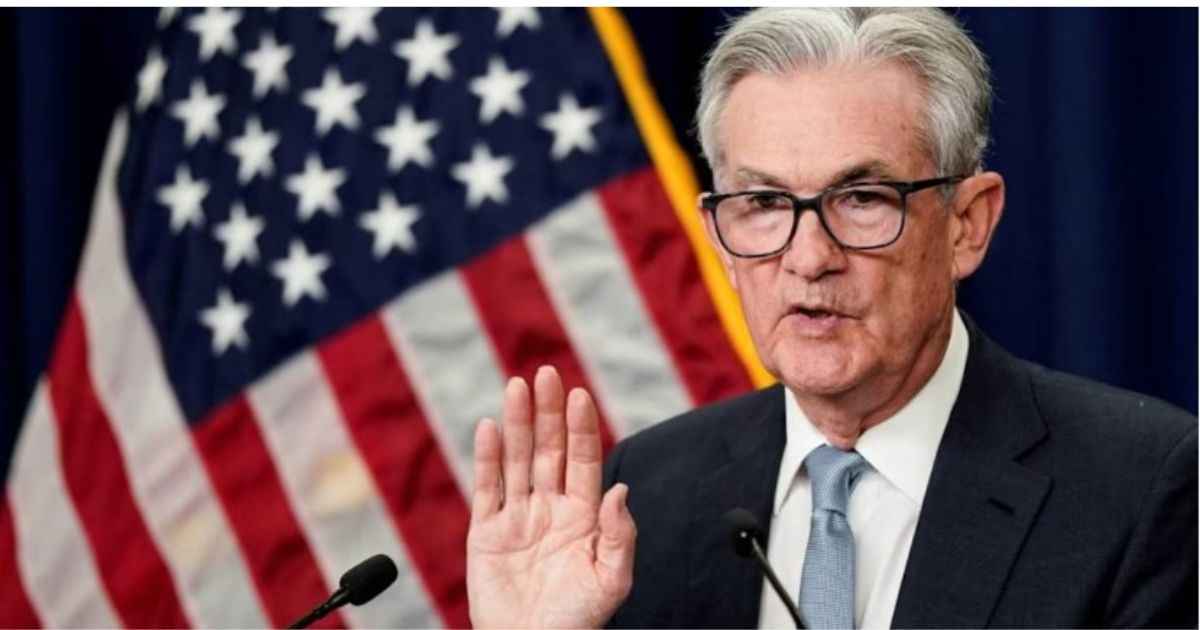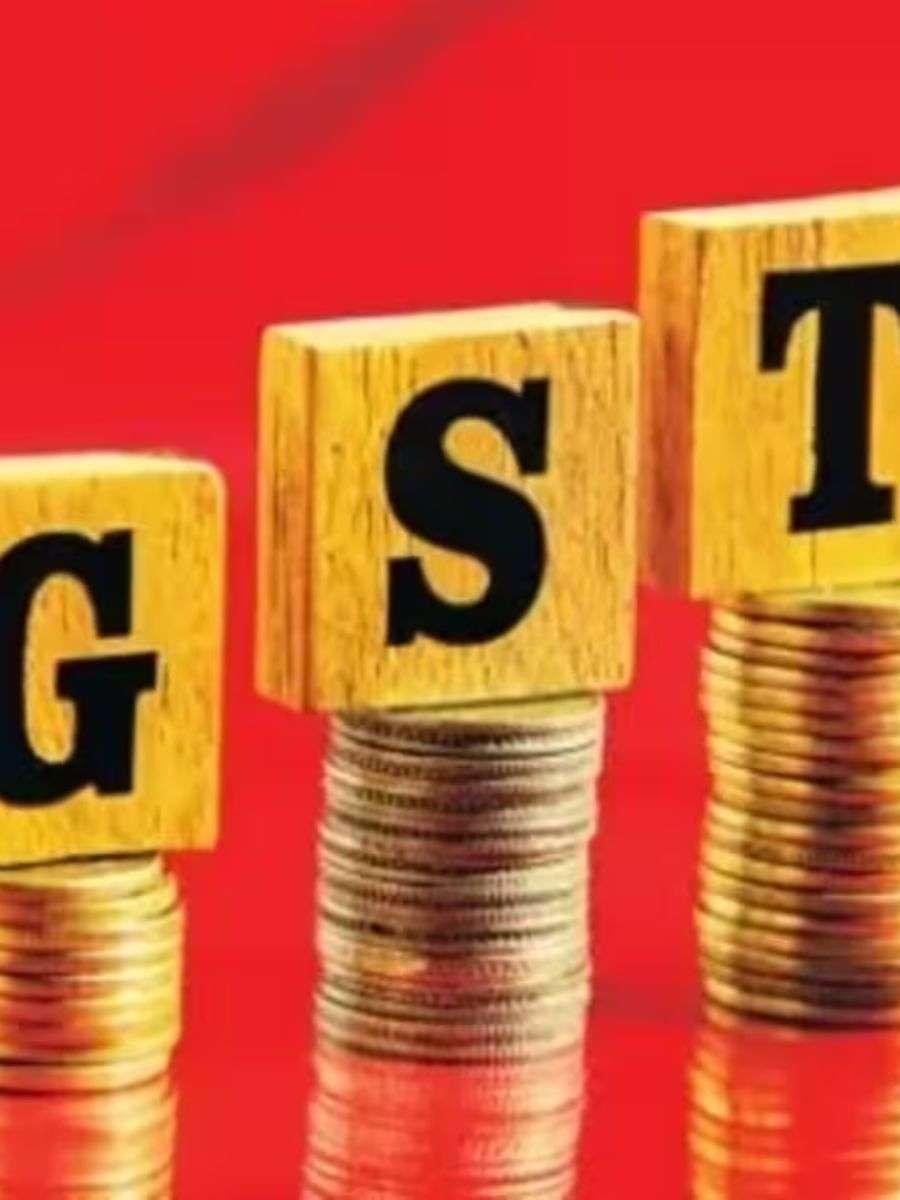Introduction
The US Federal Reserve has once again held its benchmark interest rates steady at the 23-year high range of 5.25% to 5.50%. This decision marks the seventh consecutive meeting in which rates have been left unchanged, a move closely watched by economists, investors, and the general public. The Federal Open Market Committee (FOMC), led by Chair Jerome Powell, continues to navigate a complex economic landscape, balancing the goals of controlling inflation and supporting economic growth.

Fed Meeting: Background of the Federal Reserve and FOMC
The Federal Reserve, often referred to as the Fed, is the central banking system of the United States. Established in 1913, its primary purpose is to ensure a stable and flexible financial system. The Federal Open Market Committee (FOMC) is a crucial component of the Fed, responsible for setting monetary policy, particularly through the adjustment of interest rates.
Current Economic Context
Inflation remains a significant concern for the US economy. Over the past year, inflation rates have been fluctuating, causing uncertainty in various sectors. Economic indicators such as consumer prices and employment rates play a critical role in shaping the Fed’s decisions. The central bank has previously raised the policy rate by 5.25 percentage points since March 2022, one of the fastest series of rate hikes in history, to combat rising price pressures.
Details of the Recent Fed Meeting
The latest Fed meeting, which took place over two days, concluded with a unanimous decision to keep interest rates steady. Jerome Powell emphasized that despite signs of cooling inflation, there is still a lack of substantial progress towards the Fed’s 2% inflation target. The Fed’s cautious approach indicates that they are waiting for more definitive signs of sustained inflation reduction before considering any rate cuts.
FED MEETING: Reasons for Holding Rates Steady
Several factors contributed to the decision to hold rates steady:
- Inflation Concerns: Despite some easing, inflation remains above the desired level. The Fed aims to ensure inflation is consistently moving towards the 2% target.
- Economic Stability: Maintaining stable interest rates helps avoid abrupt economic disruptions, providing a more predictable environment for businesses and consumers.
- Global Economic Conditions: Uncertainties in the global economy, including trade tensions and geopolitical events, also play a role in the Fed’s cautious approach.
Implications of the FED MEETING Decision
The decision to hold rates steady has far-reaching implications:
- Impact on Borrowing and Lending: Stable interest rates mean borrowing costs for mortgages, car loans, and business loans remain unchanged, which can influence consumer spending and business investments.
- Effects on Consumer Spending: With interest rates steady, consumers may feel more confident in making large purchases, potentially boosting economic activity.
- Influence on Business Investments: Businesses benefit from stable borrowing costs, which can encourage investment in growth and development initiatives.
Market Reactions on FED MEETING
Wall Street’s response to the Fed’s decision has been mixed. While some investors welcome the stability, others are concerned about the long-term implications for economic growth. Stock markets showed varied reactions, with some sectors experiencing gains while others faced declines. Overall, the decision has introduced a sense of cautious optimism among market participants.
Future Outlook
Looking ahead, the Fed’s future decisions will heavily depend on upcoming economic data. Analysts predict that if inflation continues to show signs of consistent decline, there might be room for potential rate cuts in the future. However, any such moves will be made cautiously, considering the broader economic context.
Expert Opinions ON FED MEETING
Economists and financial analysts have weighed in on the Fed’s decision. Many agree that the cautious approach is justified given the current economic conditions. Industry leaders also highlight the importance of maintaining flexibility in monetary policy to respond to unexpected economic shifts.
Comparative Analysis
Comparing the US monetary policy with that of other countries reveals interesting contrasts. While some nations have adopted more aggressive rate hikes or cuts, the Fed’s steady approach aims to balance various economic risks. Historical comparisons also show that the current policy is in line with past measures taken during periods of economic uncertainty.
Public Response and Sentiment ON FED MEETING
The public’s reaction to the Fed’s decision has been varied. Some consumers appreciate the stability in borrowing costs, while others remain concerned about long-term economic health. The business community generally supports the move, recognizing the importance of predictability in planning and investments. Media coverage has been extensive, reflecting the widespread interest in the Fed’s actions.
Conclusion ON FED MEETING
The US Federal Reserve’s decision to hold interest rates steady at 5.25% to 5.50% for the seventh consecutive meeting underscores its cautious approach in navigating the current economic landscape. As the Fed monitors inflation and other economic indicators, future policy decisions will continue to be driven by the goal of achieving sustainable economic stability. The journey towards the 2% inflation target remains a priority, with the Fed ready to adjust its strategies as needed.
FAQs
- Why did the Fed Meeting decide to hold interest rates steady? The Fed is maintaining steady interest rates due to lingering inflation concerns and the need for economic stability.
- How does the Fed’s decision affect the average consumer? Stable interest rates can lead to unchanged borrowing costs for mortgages, car loans, and credit cards, impacting consumer spending.
- What are the long-term implications of holding the interest rate? Long-term steady rates aim to stabilize the economy, support growth, and eventually achieve the Fed’s inflation target.
- How often does the Fed meeting to decide on interest rates? The FOMC meets eight times a year to review and decide on monetary policy, including interest rates.
- What is the relationship between inflation and interest rates? Typically, higher interest rates help reduce inflation by curbing spending and borrowing, while lower rates can stimulate economic activity.
Open Your Demat Account with Discount Brokers:
ZERODHA 1) : https://zerodha.com/open-account?c=EJ4366
Angelone 2) : https://tinyurl.com/2gloc3g6 or
Upstox3): https://link.upstox.com/9w4tNo1rK8au7VK47










Attractive section of content I just stumbled upon your blog and in accession capital to assert that I get actually enjoyed account your blog posts Anyway I will be subscribing to your augment and even I achievement you access consistently fast